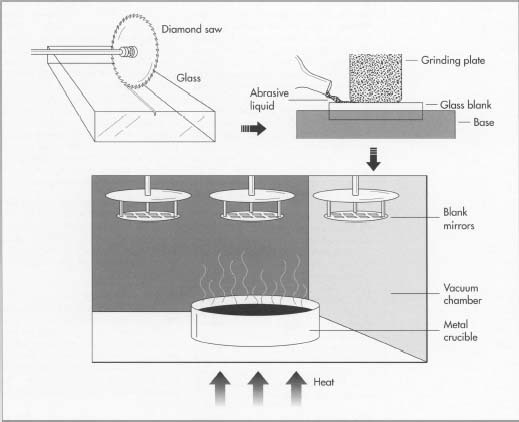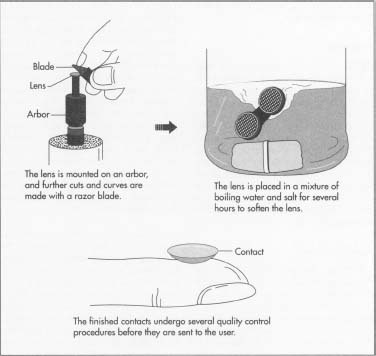

Manufacturing Business of Resin Wicker Furniture
Many people today are expanding their living space by creating outdoor living areas outside. To do this properly you need to get some good outdoor patio furniture. Resin wicker outdoor furniture is fast becoming a very popular choice for improving your patio space. Made to look like natural wicker, resin wicker is made from poly resin (polyethylene) which is a recycled plastic and weaved in a pattern that resembles wicker. It has grown in popularity for a variety of reasons.
To begin with, it is a low maintenance product. Since it is made from plastic it is water and dirt resistant. While it may over time fade slightly due to the sun's harmful UV rays, it is extremely durable. In fact, it is probably one of the most durable patio furniture materials on the market today. More importantly, resin wicker is also mildew resistant. This is important to know because this means that you really don't have to care for it like other outdoor furniture materials.
Another key reason for resin wicker's boom, is that it is offered in a variety of styles and designs. Many manufacturers offer resin wicker in sofas, sectionals, loungers, along with traditional chairs and dining tables. One of the first things that you will notice is that most pieces are outfitted with soft comfortable cushions. This gives the feeling of indoor furniture which gives the appearance of a very inviting space. Since resin wicker is very attractive, you'll have no problem getting your friends and family to come over.
A third reason why resin wicker is the best outdoor patio furniture, is because of the price. You do not have to spend a log of money to get some sytlish pieces. Of course, the more money you spend you're certainly increasing the overall quality, but the point here is that there is a price point for just about everyone. A few hundred dollars will get you in a lovely patio dining set.
What To Look For With Resin Wicker Furniture
Here are some things to keep in mind when shopping for resin wicker:
- Higher-quality furniture pieces will be tightly woven, with no gaps.
- Leg bottoms to tables and chairs should have protective taps or casters.
- Sit in the chair. Does it feel comfortable and sturdy? If not, try another.
- How is the frame constructed? A higher quality frame will be made from aluminum and it will be powder coated (this prevents rust and corrosion)
- What is your lifestyle? If you have very active pets such as dogs who chew and climb on furniture, resin wicker may not be a good choice. You may be better offer buying a more inexpensive set first.
Choose carefully when selecting your resin wicker outdoor furniture.
How to Clean Resin Wicker Furniture
To prolong the life of your resin wicker furniture and to ensure that you get to keep enjoying it, here are some helpful tips to follow:
- Keep it stored indoors during the winter months
- To clean, remove the patio cushions and spray the furniture with a hose using the 'jet' setting
- Take a damp cloth or sponge and wet is with some soapy water, wipe the entire piece down
- Spray again, this time with the 'rinse' setting to remove the soap
Your resin wicker outdoor furniture should look like new again.
Genova Resin Wicker Dining Set



The Genova All-Weather Wicker Dining Set (seen above) has been a best-seller for several years. It features an expensive wicker patio table for inviting a group over for dinner or to entertain on lazy weekends. The table tops is available in 60 square inches.
The all-weather wicker is a Dura-Wick, which is a high-density polyethylene resin wicker that has color, temperature, and UV stabilizers, making the product suitable for four-season climates. The cushion fabric is solution-dyed, water-resistant, and UV-resistant. The weather-resistant chair cushions are Dacron-coated foam with Scotchguard-protected polyester upholstery. The table requires assembly.
Dimensions:
- Square table: 60L x 60W x 28.75H inches
- Chairs: 19.75W x 25.5D x 36.5H inches
PE Rattan Material/PE Rattan/Plastic Rattan Fiber/Plastic Wicker/Pe Wicker/Wicker Furniture
| Company Name: | Yijunxiong Plastic Rattan Co.,Ltd(AGO) |
|---|---|
| Company Address: | No.2 Zhanye Rd,Industrial Park,Beijiao,Shunde |
| City/Province: | Foshan Guangdong |
| Zip/Postal Code: | 528311 |
| Mobile: | |
| Telephone Number: | |
| Contact Person: | Luly Loo |
| Showroom: | http://www.tootoo.com/s-hom/yijunxiong-plastic-rattan-co.-ltd-ago--c-606308.html |
Feature Products
PE wicker, PE rattan, plastic rattan with SGS certification & BASF certification, rich OEM, weather resistant, UV protected, not easy to crack, used for making rattan...
Product Description
PE plastic rattan material& Plastic Wicker&Synthetic Wicker material
PE rattan, PE wicker, SGS & BAFS certification, OEM tooling, weather resistant, used for making rattan furniture/ table
PE wicker, PE rattan, plastic rattan with SGS certification & BASF certification, rich OEM, weather resistant, UV protected, not easy to crack, used for making rattan furniture/table/chair/sofa/basket/lounge
Material : PE,weather resistant
Material Test Report : Six heavy metal testing (RoHS) undergone by SGS certification.
Size:Customized
Colour: Single/double/three/mixture colours
Type : Round, flat, pattern surface, rough surface, foam
Package:packed with paper core, 20kgs/bundle,2 bundle/ polywoven bag, Each bag's size is 86cm*86cm*50cm
Not only provide a wide choice of sizes and colours, but also manufacture and develop a variety of wickers as per the specific requirement of clients.
For more details please contact us. Our website: www china-ago com
Once received your specific inquiry, detailed information and samples will be supplied to you soonest.
PE rattan, PE wicker, SGS & BAFS certification, OEM tooling, weather resistant, used for making rattan furniture/ table
PE wicker, PE rattan, plastic rattan with SGS certification & BASF certification, rich OEM, weather resistant, UV protected, not easy to crack, used for making rattan furniture/table/chair/sofa/basket/lounge
Material : PE,weather resistant
Material Test Report : Six heavy metal testing (RoHS) undergone by SGS certification.
Size:Customized
Colour: Single/double/three/mixture colours
Type : Round, flat, pattern surface, rough surface, foam
Package:packed with paper core, 20kgs/bundle,2 bundle/ polywoven bag, Each bag's size is 86cm*86cm*50cm
Not only provide a wide choice of sizes and colours, but also manufacture and develop a variety of wickers as per the specific requirement of clients.
For more details please contact us. Our website: www china-ago com
Once received your specific inquiry, detailed information and samples will be supplied to you soonest.





